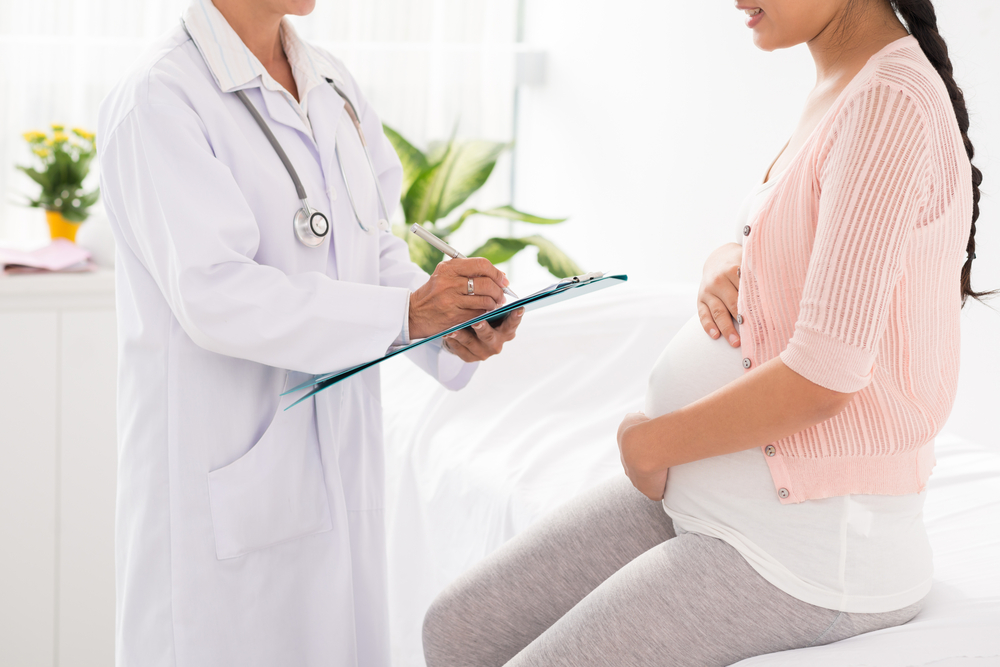DIAGNOSIS
Abdominal wall defects are usually recognized and diagnosed through prenatal ultrasound during the second trimester of pregnancy. A multidisciplinary group of specialists in maternal-fetal medicine, pediatric surgery, neonatology and other specialties will create a care plan for your baby’s delivery, as well as treatment in the neonatal intensive care unit (NICU).
During a physical examination at birth, abdominal wall defects are visible. Your baby’s doctor may evaluate the severity of the condition through X-ray imaging, performed in a moment after birth.
Both types of abdominal wall defects are commonly diagnosed before birth with routine prenatal ultrasonography. If not, the defects are very recognizable as soon as the infant is delivered.
TREATMENT
If a baby has an abdominal wall defect, the rest of the abdomen may be underdeveloped and small. In numerous cases, there is insufficient room in the abdomen to instantly move the organs back inside the body and correct the defect. The organs must stay outside the body for a small number of days after birth to give the abdomen time to grow.
Sterile protective sheeting is placed over the organs, and a device known as a silo is put in place to provide an extra protective layer when immediate surgery is not an option. A silo protects and houses the protruded organs until the abdomen grows enough to contain the digestive organs. Your baby, while waiting for surgery, may also receive breathing help from a machine called a mechanical ventilator.
After a few days or weeks after birth, when it is safe for your baby to have the abdominal wall defect be fixed, digestive organs are gently put back into the abdomen.
Dietitians who specialize in treating babies with abdominal wall defects can work with you to search for feeding options that lessen any irritation and provide adequate nourishment.


